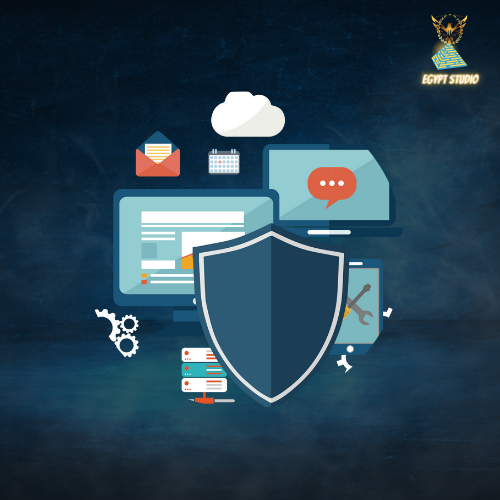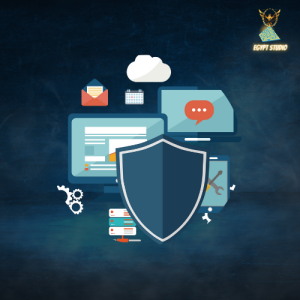1. Understand Business Goals:
- Work closely with the business owner to understand the primary goals of the e-commerce website. Identify target audiences, types of products or services, and desired user actions.
2. Define Core E-commerce Features:
- Determine the essential features specific to e-commerce, such as product pages, shopping cart, checkout process, user accounts, and payment gateways.
3. Choose an E-commerce Platform:
- Select a suitable e-commerce platform based on business needs and scalability. Common platforms include Shopify, WooCommerce (WordPress), Magento, and others.
4. Product Pages:
- Create detailed product pages with high-quality images, product descriptions, pricing information, and specifications.
5. Shopping Cart and Checkout:
- Implement a user-friendly shopping cart system and a seamless checkout process. Minimize steps and provide clear instructions.
6. User Accounts:
- Allow users to create accounts for a personalized experience, order tracking, and saved preferences.
7. Payment Gateways:
- Integrate secure and reliable payment gateways to process online transactions. Support major credit cards and other popular payment methods.
8. Shipping and Delivery:
- Implement a shipping and delivery system, including options for different shipping methods, delivery times, and tracking.
9. Inventory Management:
- Implement an inventory management system to track product availability and automate restocking when necessary.
10. Security Measures:
- Implement robust security measures to protect customer data, including SSL encryption and compliance with data protection regulations.
11. Responsive Design:
- Ensure the website is fully responsive to provide a seamless shopping experience on various devices.
12. Search and Filter Options:
- Provide search functionality and filters to help users quickly find products based on categories, prices, or other criteria.
13. Product Recommendations:
- Implement a product recommendation system to suggest related or complementary items to customers.
14. Reviews and Ratings:
- Allow customers to leave reviews and ratings for products, contributing to transparency and trust.
15. Returns and Refunds:
- Clearly outline the return and refund policies, and provide an easy process for customers to initiate returns.
16. Customer Support Integration:
- Integrate customer support features such as live chat, FAQs, and contact forms.
17. Legal Pages:
- Include essential legal pages such as Privacy Policy, Terms of Service, and any other relevant disclaimers.
18. Analytics Integration:
- Set up analytics tools to track website performance, user behavior, and sales conversions.
19. Promotions and Discounts:
- Implement features for running promotions, discounts, and coupon codes.
20. Testing:
- Conduct thorough testing of the entire e-commerce process, including shopping, checkout, and payment.
21. Deployment:
- Choose a reliable hosting solution capable of handling e-commerce traffic and ensuring fast page load times.
22. Documentation:
- Document key aspects of the e-commerce platform, including how to manage products, process orders, and update content.
23. Ongoing Maintenance:
- Establish a plan for ongoing maintenance, including regular updates, security patches, and monitoring for performance issues.




Reviews
There are no reviews yet.